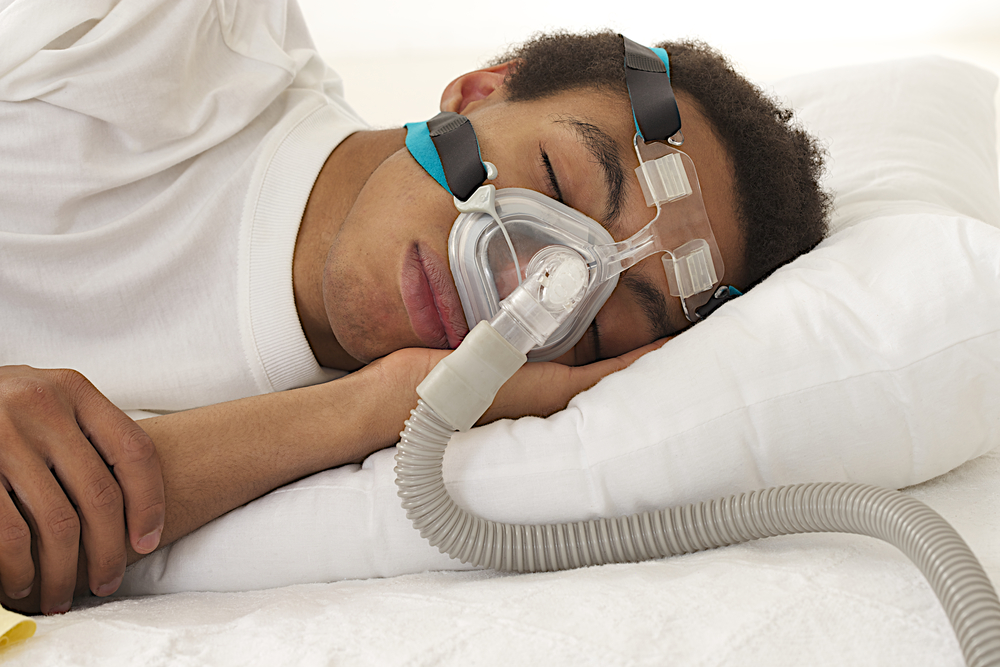
Treatments for Sleep Apnea
Sleep apnea is a sleep disorder that affects the air pathways during sleep. It’s caused when the underlying muscles of the throat (or vulva, which is the palate) relax, which leads to a narrowing of the airway and obstructs the air that is inhaled. The oxygen supply to the body, in turn, gets reduced and snoring, or breathing cessation may occur.
During a bout of sleep apnea, the brain senses this oxygen restriction, and wakes the body up by choking, snoring, or gasping in natural response. Sleep apnea becomes severe by causing continuous episodes of breathing cessation and sleep disruptions. However, there is hope to regain normal sleep through sleep apnea and chronic snoring treatment such as these:
1. Continuous airway pressure (CPAP) therapy
Continuous airway pressure, or CPAP, is a therapy that treats severe to moderate symptoms of sleep apnea. This therapy employs a machine that supplies air through a mass air pressure greater than that of the open airway passage. A CPAP machine or mask is worn during sleep to keep the throat of the patient open and oxygen flow positive.
2. Bi-level airway pressure (BPAP) therapy
Bi-level airway pressure, or BPAP, can be used when oxygen flow is restricted and breathing cessation occurs. This automated device adjusts the air pressure while the person sleeps, and is recommended for those who are unable to use CPAP due to face discomfort.
3. Surgery
Surgery is an option for sleep apnea treatment if other options for treatment remain unsuccessful. Therapies should be explored for at least 3 months prior to resorting to surgery. The options for sleep apnea surgery are as follows:
- Tissue removal, which removes excess tissue at the bottom of the mouth and top of the throat. Sometimes the adenoids or the tonsils are also removed to alter the structure of the throat to reduce snorting.
- Tissue shrinkage: shrinks the tissue at the rear end of the mouth with the aid of energy, or radiofrequency ablation. This is helpful to treat moderate or mild sleep apnea.
- Maxillomandibular advancement: is also known as jaw repositioning, which alters the position of the jaw bone slightly ahead of the facial bones to increase the space posterior to the tongue and reducing obstruction.
- Implant surgery inserts rods made of plastic into the palate with the administration of anesthetics.
- Hypoglossal nerve stimulation aims to stimulate the nerves in order to control the movement of the tongue, keeping the airway open by positioning the tongue appropriately during sleep.
- Tracheotomy creates a new nasal passage in cases of severe and life-threatening sleep apnea. The surgeon makes an insertion in the neck with the help of a plastic or metal tube.


